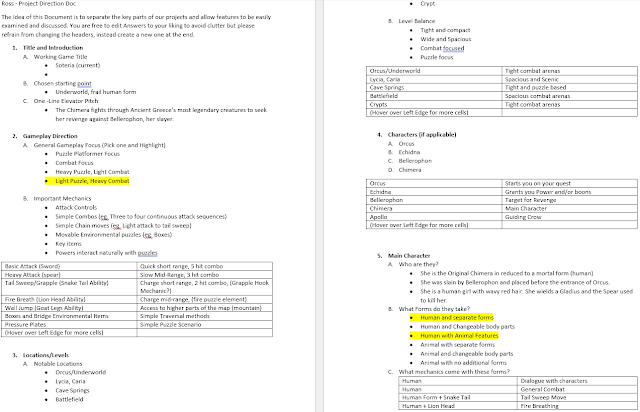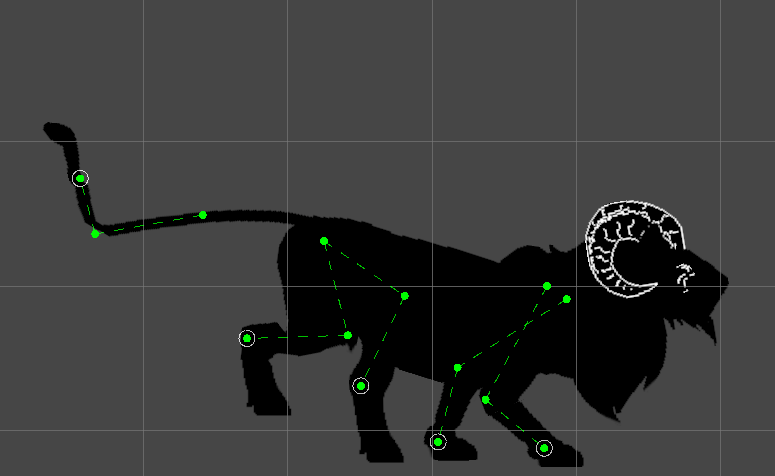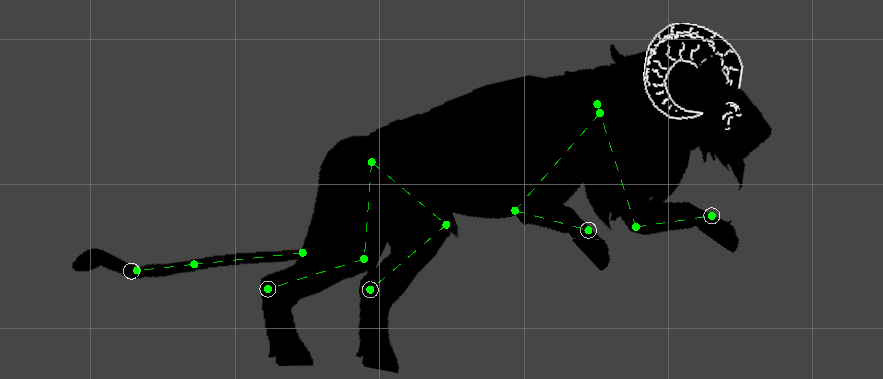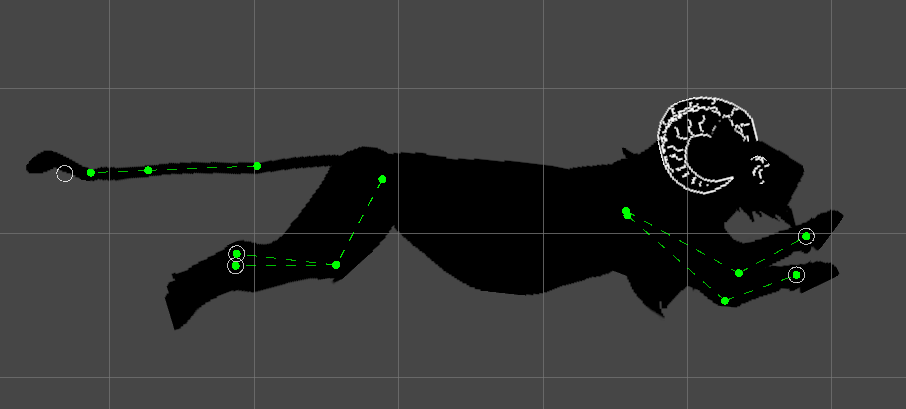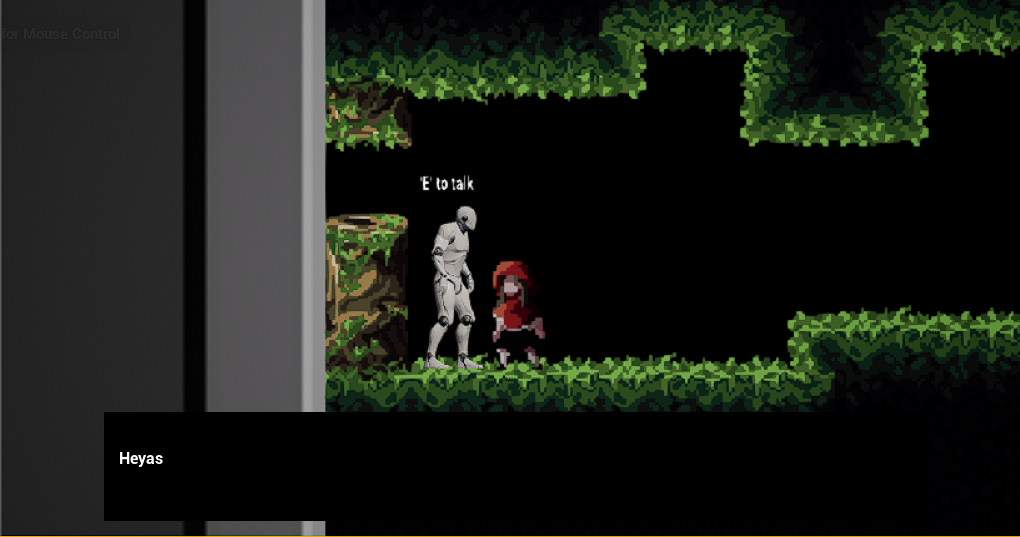Disclaimer: images currently not uploading
Week 1;
In our first week we discussed the meaning of Contemporary Issues in games design. Contemporary is used to describe current issues in today's world.
We discussed in a small group the meaning of Identity in games, firstly by discussing what that even requires us to explore. I proposed 3 games that all covered what i believed Identity could mean. Firstly, i mentioned Dragon Age: Origins and how i provided many different starts to the story depending on what race and gender you choose. I thought it also worth mentioning that despite the game's director claiming that the game treated both male and female characters equally, many scenes play out very differently depending on the players choice, potentially leading to uncomfortable scenarios. According to a paper discussing the inequality in Dragon Age Origins, they highlight that in one of the potential starts of the game, in this case an elven noble, the player character is the bride/groom of an arranged marriage. They talk of the differences in scene depending on whether the player is male or female, that after being knocked out cold they'll either awake in the temple where they were assaulted or in the case of the female character, awake alongside other kidnapped women (Willy Novianto Wuntu, Abdurrosyid Abdurrosyid, 2022)
Paper discussing gender equality:
GENDER DISCRIMINATION IN DRAGON AGE: ORIGINS GAME NARRATIVE, Willy Novianto Wuntu, Abdurrosyid Abdurrosyid, 2022
Secondly, i brought up Saints Row (2022) and its decision to keep the player characters gender unmentioned, instead allowing players to build a character purely cosmetically.
Thirdly, Assassin's Creed Odyssey, set in Ancient Greece, allows the player seemingly equal opportunity regardless of sex. I realise that identity cover more than just one's sex and preferred pronouns and these examples are just the first three games that came to mind.
After this discussion we looked into details about our assessment pieces. Our first assessment piece requires us to critically analyse and discuss a game of our choosing and how it covers a contemporary issue. After some thought i have arrived at Fallout 4 and it's depiction of what makes us human. Similar to Blade Runner, Fallout 4 tackles the topic of synthetic life and how humanity views it. This topic has been one I've been passionate about for some time and believe fits in with the contemporary issue of one's identity.
Week 2;
what issues do i want to cover in Fallout 4
could 'hero is dead again' serve as influence for a game idea? Jobless reincarnation, displaced persons forming a group to look for others.
- one strong character, many weaker minions?
We discussed in what ways game designers could design thought provoking and impactful experiences for their players. As groups we discussed what games used narrative, mechanics, and character presentation to explore contemporary issues. I brought up Fallout 4 and its discussion of synthetic persons, and while remaining a big portion of the game's narrative, it remains subtle enough as not to overwhelm players. We also talked about gambling in video games and how deceptive some titles are, going as far as to fake player interaction in order to trick players into replenishing their resources through micro-transactions.
Later, we were prompted to come up with a game idea that covered one of the discussed contemporary issues. My group first explored the idea of gambling and fine print security issues, then face the problem of having no intrigue save for maybe giving the player character promotions for each successful signing. We then came up with the idea of being a content creator and signing brand deals while also attempting to increase viewer counts. The stress would build as players were faced with more demanding adverts and greater online presence.
For Assessment 3, we need to design a game that covers a contemporary issue. My current idea is to take inspiration from two stories, 'Hero Must Die. Again', and Jobless Reincarnation. In Hero Must Die, the player is at the end of their character's story, having defeated the demon lord, the hero perished. However, they are revived by divine power and given the opportunity to set straight their affairs and help rebuild the kingdom. The catch to this revival, however, is that the hero only has a set time to live and grows weaker as they reach their demise. This creates a unique gameplay loop of upgrading your new party members with experience and flashier equipment, while your character loses levels and must settle for weaker and weaker equipment.

Jobless Reincarnation has plot point in which a many people are displaced from their homes and randomly found in other parts of the world. I find a potentially interesting idea here where displaced persons work together to find other lost persons. Together with Hero Is Dead, i believe a unique pairing of the two could result in interesting gameplay and narrative while coving a contemporary issue like that of Refugees or Slavery.
Week 3:
formal, general discussions with friends, video analysis'.
Week 3 covered the topic of critical analysis in video games. We discussed the what formats this could take, with one being textual, one of the most recognisable means of analysis. Looking at the game's use of narrative, mechanic, aesthetic, and player experience, we can dissect and write a formal document analysing most every aspect of the game. This approach certainly seems thorough but i worry it'll come off long winded and serve better as a reference and proof of understanding.
I've watched a good few analysis and retrospective videos covering a range of titles, and while i can't remember all the details in them, i found myself very impressed with the well spoken nature of the creator. These days I believe my perceptive abilities and attention span to be quite fickle, so i enjoy watching these longer videos that manage to hold my interest. I often think of one video in particular that made me better appreciate thought out and diverse mechanics, particularly enemy design. In this video the author highlighted that in Fallout 4, while many enemies could be considered generic, in contrast to the previous games in the series,, they are a huge step in mechanics. For example, Death Claws in Fallout 3 and New Vegas were basically fast melee units with high health pools, while in Fallout 4, They could grab, yell, and throw objects but most impressive to me was the highlighting of the hunched stance they took, intimidating yes, but most importantly and in conjunction with their zig-zagging run, it let them hide their soft bellies which was their weak point.
Sorry, i'm treating this like an actual journal. Back to the point of assessment, I plan to cover three main topics of Fallout 4 in regard to the Synths. One, the player's window into the Synth problem, covering both the synths they fight as well as befriend. Second, Faction perception of Synths and in particular their treatment towards them. And thirdly, the relevance to the real world with both its Social and Technological messages.
Week 4:
- potential ethical dilemmas when designing games around social justice
- consider the ethical balance between artistic expression and potential harm. Provide your thoughts.
This Week's topic is Social Justice, and the failed attempts at representing them in games design. We covered games that attempted to address topics such as immigration, war, and slavery and how they failed to capture the necessary tone and respect needed to properly convey these issues.
Escape from Woomera, covers the issue of how immigrants have been treated in Australia. The real life inspiration is that of the prison-like camps asylum seekers are forced to inhabit against their will. The game fails to properly address the issue as in greatly simplifies to the struggles of affected persons, and promoted leaving these facilities unlawfully. Escape from Woomera lacked the budget needed to cover the scope of their chosen issue.
These games fail to capture the complexity, differing perspectives, and necessary tone and respect needed.
As game designers, its important to balance artistic expression with the potential harm of their work. The dangers of misrepresenting the chosen issue can result in a wide base of people adopting a misguided and gross understanding of the topic, leading to the potential of even further harm. These struggles may be a result of lack of development or inappropriate tone, both leading to a harmful choice of mechanics and representation. In Escape from Woomera, their lack of budget led to a use of very simple mechanics to represent a very complicated issue.
Week 5:
Sending in a draft i received good feedback about cutting down on some of the less relevant information i discussed and expanded upon the the real life contemporary issues. I covered the topic of trust in both a machine's abilities and how that may evolve to include the technologies intent, and the potential of job loss . Both of these are explored heavily in Fallout as a series.
Week 6:
I consider Assessment One to have been mostly a successful submission. I have some concerns about the later edits i made according to feedback as editing isn't something i'm confident in. Synthetic person's as a contemporary issue is something I've thought about for some time and assessment one made for a good reason to right about it.
Ideas for assessment 3 are so far not too fruitful. I've briefly thought up ideas revolving around a potential party system, with both ethical and technological contemporary issues like my first assessment. Slavery and Artificial Intelligence are a mix that i thought i could challenge players to think over but i myself find i'm not so interested in pursuing these issues.
Week 7:
Games with political themes that i have played include titles such as Fallout: New Vegas, and Far cry 4. I don't often find myself interested in these themes as i prefer to keep away from controversial topics, however, this class asks that we try to think critically of the subject. Designing a game around political views potentially allows players to evaluate their own political values but particularly with this subject may result in them feeling like the subject or values are being forced upon them.
Fallout New Vegas is an example of creating enough world and atmosphere that compliment each other while keeping the depth of their themes. One Faction, the NCR, are a more typical government styled faction, where politicians decide laws and taxes, and a military protects its valued aspects.
Far Cry 4 has a prominent Dictatorship but its take on the ideologies of tradition and innovation
More References
Week 8:
- how can games reflect cultural perspectives through narrative, characters, aesthetics and mechanics?
- what games do you like that promote cross-cultural empathy?
- As a game designer, what are the challenges and controversies related to cultural representation in games?
- how would a game dev avoid these issues when creating a game on specific a culture?
Narrative is an important means to exploring a setting and can help explore why certain cultures are the focus for a game. For example, Shadow of the Tomb Raider explores some the cultures found in south and central America, including Aztec, Mayan, and Inca tribes. However, after brief some brief research, the game potentially misrepresents some aspects of these cultures, almost blending aspects of their architecture between each other. (source below)
Does Shadow of the Tomb Raider portray native american civilizations better than the last pre-reboot games? : r/GirlGamers (reddit.com)
paper on archaeology and architecture in video games
Beyond Tomb and Relic : Anthropological and Pedagogical Approaches to Archaeogaming | Near Eastern Archaeology: Vol 84, No 1 (uchicago.edu)
The Assassin's Creed series explores allot of time periods and cultures, with its own spin of fantasy sprinkled into the deeper story. However, the game-play loop of these titles almost overshadow the minor details of these cultures, with targets more or less boiling down to people in power, their roles in society acting more out of story context than enriching the setting. This does not however, impede on the immersion of these games, if anything the game-play loop helps these new setting be easily digestible with any extra facts being found through cut-scenes and notes.
Games unique ability to engage players with interactive experiences
Game developers should research and consult those with backgrounds in the culture they wish to explore. Doing so reduces he possibility of appearing insensitive
Week 9:
- games with ethical dilemmas
Games are a powerful medium for exploring ethics as it allows players a hands on experience with potentially controversial scenarios while remaining in a safe environment. Player's may take it upon themselves to replay games to explore different ethical paths, while others may find the idea of being a chaotically bad person in a fictional environment an enjoyable experience.
Spec Ops: The Line, a third person shooter that built its reputation on being a controversial military shooter, doesn't shy from deceiving players and attempting to make them feel responsible, if not entirely at fault with the methods of warfare and the casualties they may cause.
Bioshock's choices mainly revolve around the decision of the 'Little Sisters', and whether or not players decide to spare their lives or sacrifice them for more upgrade points. These choices however are somewhat redundant as sparing all the little sisters periodically rewards you with just short of the amount one would obtain through sacrifice.
Infamous is a series that has plenty of black and white choices, often being along the lines of sensible or unnecessarily evil. The first game in the series had some difference in rewards for sticking to an ethical side, but you were pretty much picking your alignment from the start of the game.
Fable, a beloved series of mine, also explores ethical dilemmas and despite its cartoon and comedy appeals, many of these choices end up being quite heavy. Unlike other stories, Fable's world is split between acts of good and evil, with neutrality rarely being an option. 'Heros' are born and their acts and abilities can have great consequences on the world, so their alignment is often of great concern to the general populace. This alignment is communicated both through appearance and NPC's reactions.
